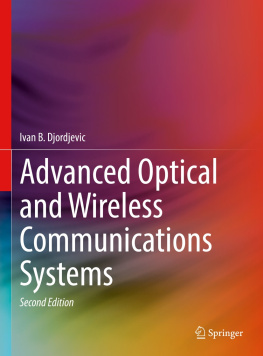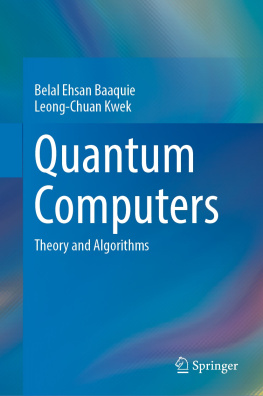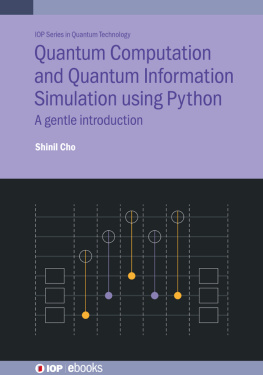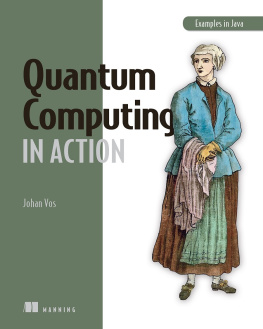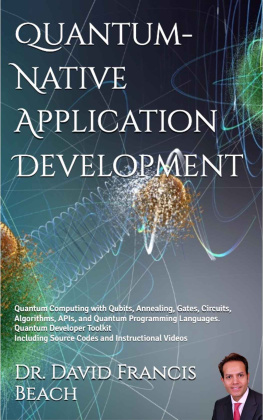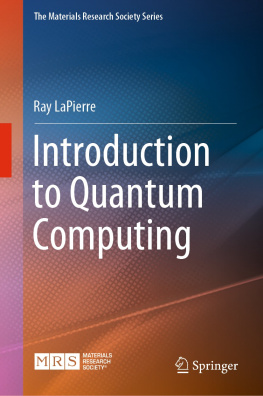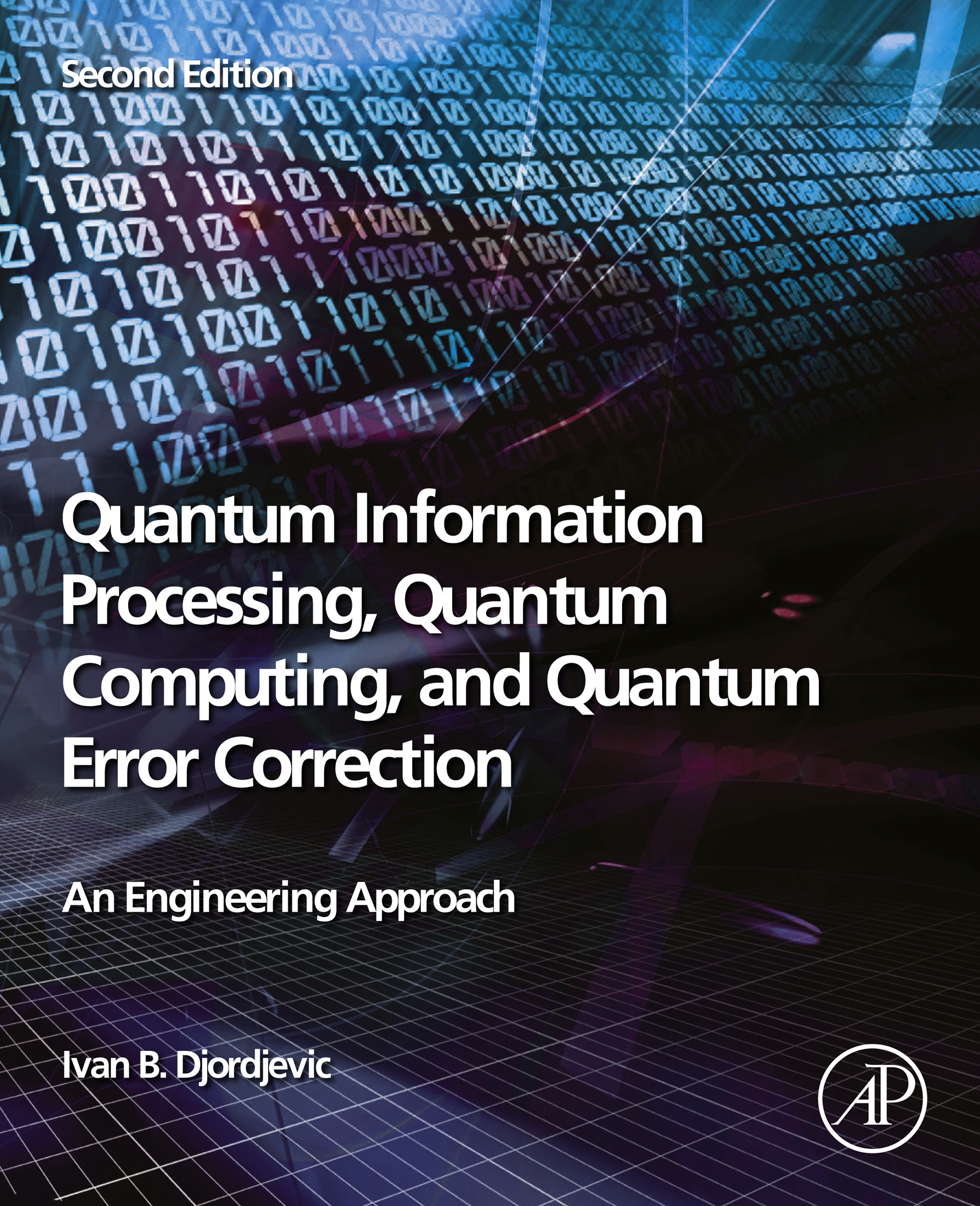Ivan B. Djordjevic - Quantum Information Processing, Quantum Computing, and Quantum Error Correction: An Engineering Approach
Here you can read online Ivan B. Djordjevic - Quantum Information Processing, Quantum Computing, and Quantum Error Correction: An Engineering Approach full text of the book (entire story) in english for free. Download pdf and epub, get meaning, cover and reviews about this ebook. year: 2021, publisher: Academic Press, genre: Romance novel. Description of the work, (preface) as well as reviews are available. Best literature library LitArk.com created for fans of good reading and offers a wide selection of genres:
Romance novel
Science fiction
Adventure
Detective
Science
History
Home and family
Prose
Art
Politics
Computer
Non-fiction
Religion
Business
Children
Humor
Choose a favorite category and find really read worthwhile books. Enjoy immersion in the world of imagination, feel the emotions of the characters or learn something new for yourself, make an fascinating discovery.

- Book:Quantum Information Processing, Quantum Computing, and Quantum Error Correction: An Engineering Approach
- Author:
- Publisher:Academic Press
- Genre:
- Year:2021
- Rating:3 / 5
- Favourites:Add to favourites
- Your mark:
Quantum Information Processing, Quantum Computing, and Quantum Error Correction: An Engineering Approach: summary, description and annotation
We offer to read an annotation, description, summary or preface (depends on what the author of the book "Quantum Information Processing, Quantum Computing, and Quantum Error Correction: An Engineering Approach" wrote himself). If you haven't found the necessary information about the book — write in the comments, we will try to find it.
The Second Edition of Quantum Information Processing, Quantum Computing, and Quantum Error Correction: An Engineering Approach presents a self-contained introduction to all aspects of the area, teaching the essentials such as state vectors, operators, density operators, measurements, and dynamics of a quantum system. In additional to the fundamental principles of quantum computation, basic quantum gates, basic quantum algorithms, and quantum information processing, this edition has been brought fully up to date, outlining the latest research trends. These include:
Key topics include:
- Quantum error correction codes (QECCs), including stabilizer codes, Calderbank-Shor-Steane (CSS) codes, quantum low-density parity-check (LDPC) codes, entanglement-assisted QECCs, topological codes, and surface codes
- Quantum information theory, and quantum key distribution (QKD)
- Fault-tolerant information processing and fault-tolerant quantum error correction, together with a chapter on quantum machine learning. Both quantum circuits- and measurement-based quantum computational models are described
- The next part of the book is spent investigating physical realizations of quantum computers, encoders and decoders; including photonic quantum realization, cavity quantum electrodynamics, and ion traps
- In-depth analysis of the design and realization of a quantum information processing and quantum error correction circuits
This fully up-to-date new edition will be of use to engineers, computer scientists, optical engineers, physicists and mathematicians.
Ivan B. Djordjevic: author's other books
Who wrote Quantum Information Processing, Quantum Computing, and Quantum Error Correction: An Engineering Approach? Find out the surname, the name of the author of the book and a list of all author's works by series.

